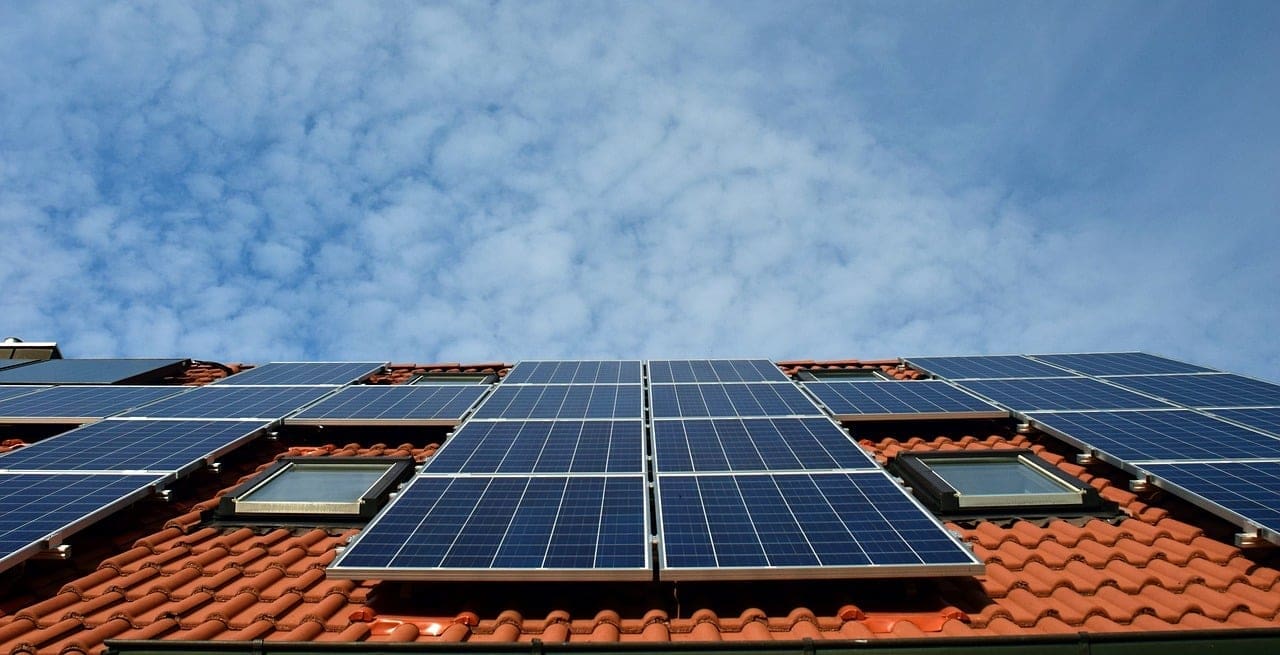The latest move by the government announcing plans to declare a state of disaster to help manage rolling blackouts, has South Africans shaking their heads in anger and skepticism. Opponents of the move see this as another means of impinging on citizens’ rights and gaining punitive control, while not doing anything meaningful to solve the country’s power crisis.
The national power utility Eskom has been besieged by troubles since 2007. The entity has claimed that poor-quality coal is damaging power plants, resulting in sub-standard performances.
Add to this litany of troubles, claims of fraud, corruption, funding constraints, bad planning, lack of skills, and overdue maintenance, and it’s easy to see why South Africa’s power system is crumbling.
Demand exceeds supply
In short, Eskom is failing to generate enough energy to meet demand from its old, inefficient, and badly maintained coal-fired plants.
“There’s also no getting away from the truth that the power crisis has crippled our country,” says Robert Dunlop, Managing Director of 4Tress. “All efforts to enhance the performance of South Africa’s power plants have fallen way short of the mark, and both the government and Eskom are under pressure to resolve the problem.”
Not to sound cynical, he says, but the fact that elections are just around the corner is probably lighting a fire under the powers that be to be seen to be doing something, even if ill-planned and ineffective.
Reaching economic potential
Unfortunately, South Africa cannot reach its economic potential without a reliable and sustainable source of power, Dunlop adds. This is why many forward-thinking businesses and individuals are looking to solar solutions as an alternative.
“It’s a no-brainer,” he says. “In South Africa, we benefit from approximately 2,500 hours of sunshine annually. Moreover, the annual 24-hour global solar radiation average is around 220 W/m2 for South Africa, in comparison to about 150 W/m2 for parts of the United States, and about 100 W/m2 for Europe and the United Kingdom.”
This makes South Africa one of the most ideal countries in the world for solar solutions, Dunlop explains. “And while the perception exists that the costs of installing solar are astronomical, nothing could be farther from the truth. In fact, although there is an upfront cost, the vast majority of solar installations amortise themselves within around five years, and are capable of producing power for twenty years, if managed correctly.”
Harnessing the power of the sun


He says solar panels work by turning the sun’s energy into power. Each solar panel absorbs radiation from the sun, which creates an electric current that is fed into a solar inverter through wires, creating electricity.
Most systems also add batteries to the equation to store power which can be used during blackouts, and some are even able to put power back into the municipal grid. “It depends on each individual or business’s needs, there is a solution for everyone.”
He says it’s also important to note that as interest in solar panels grows, prices will drop. “Solar systems have improved dramatically over the last few years, and there are far more cost-effective solutions, as well as many ways to finance them.”
With Eskom, the opposite is true, ends Dunlop. “Tariffs continue to soar, while quality and reliability keep on plummeting. “It’s time for South Africans to say enough, and put control back into their own hands.”
For more information, contact Robert Dunlop at 4Tress today on 082 332 6617, or e-mail [email protected].
